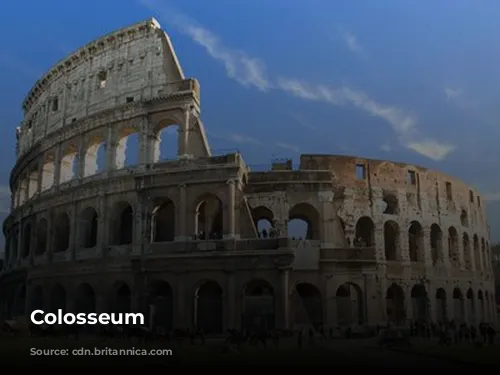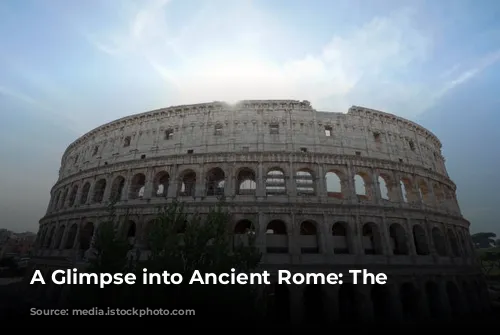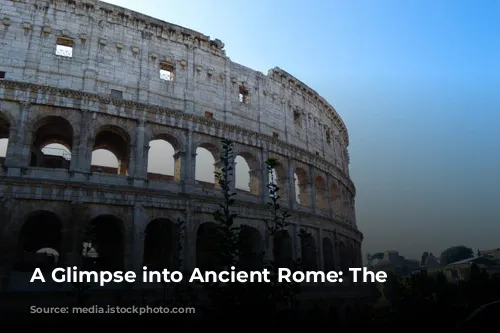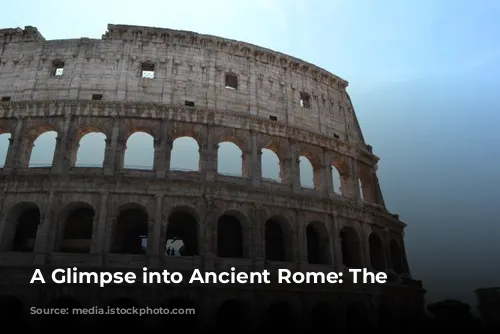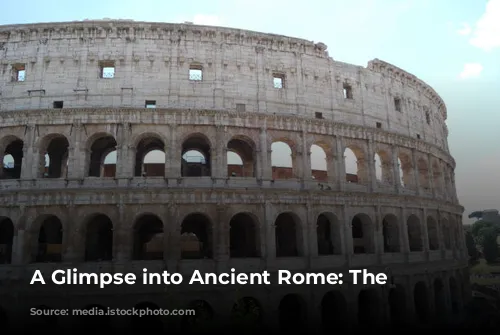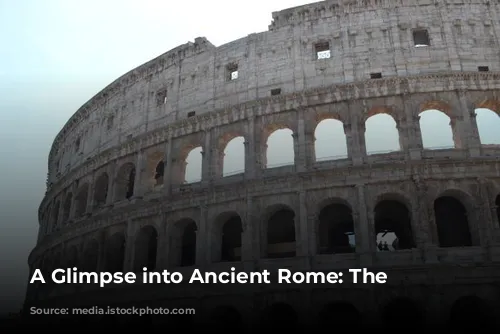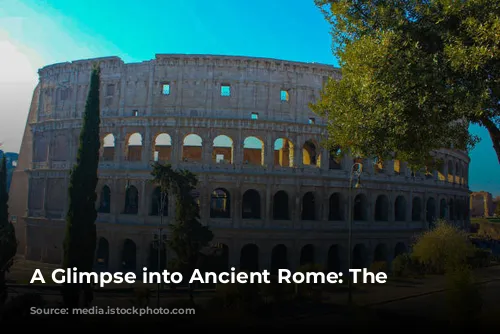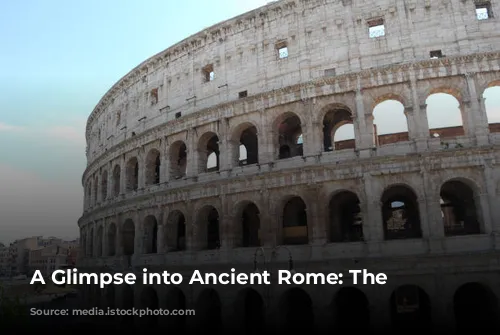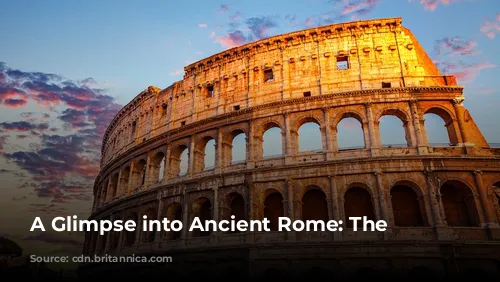Standing tall as a testament to Rome’s architectural brilliance and engineering prowess, the Colosseum remains one of the few largely intact structures from the Roman Empire. Its grandeur captivates visitors from across the globe, making it a major contributor to Italy’s tourism revenue. In 2018, the Colosseum, Roman Forum, and Palatine Hill together generated over $63.3 million (€53.8 million), making it the most profitable tourist attraction in Italy.
The Colosseum’s journey through time is one of remarkable resilience and restoration. After the fall of the Western Roman Empire, the arena faced a period of neglect and repurposing. The Frangipane and Annibaldi families used it as a fortress during the 12th century, and in the late 15th century, Pope Alexander VI allowed it to be used as a quarry. This period of neglect lasted over a thousand years before state-funded restoration efforts began in the 1990s.
From Entertainment Venue to Symbol of Power
The Colosseum’s construction was a testament to the Roman emperor Vespasian’s vision for revitalizing Rome following the tumultuous year of the four emperors in 69 CE. Like other amphitheatres, it was designed as an entertainment venue, hosting captivating events like gladiator fights, animal hunts, and even mock naval battles.
The Colosseum’s construction, overseen by Vespasian between 70 and 72 CE, stands as a monument to Roman engineering and ambition. Completed in 80 CE by Titus, Vespasian’s son and successor, the Colosseum was dedicated with 100 days of elaborate games. The emperor Domitian added the fourth story in 82 CE, making it a truly majestic structure. Interestingly, the arena was financed with spoils from Titus’s conquest of Jerusalem in 70 CE and constructed by enslaved Jews from Judaea.
A Masterpiece of Architecture and Engineering
The Colosseum, also known as the Flavian Amphitheatre, is an awe-inspiring elliptical structure built of stone, concrete, and tuff. This remarkable feat of engineering stands four stories tall, with dimensions of 620 by 513 feet (189 by 156 meters), capable of accommodating up to 50,000 spectators. The Colosseum, famous for gladiatorial combat, was a symbol of the Roman Empire’s power and grandeur.
The Colosseum’s construction was a bold departure from earlier amphitheatres, which were typically built into hillsides. This freestanding structure was made possible by an intricate system of barrel vaults and groin vaults. Its exterior is adorned with engaged columns in the Doric, Ionic, and Corinthian orders, a design that influenced Renaissance architecture. The Colosseum’s main structural framework and facade are made of travertine, secondary walls are constructed from volcanic tufa, and the inner bowl and arcade vaults are crafted from concrete.
A Place of Entertainment and History
The Colosseum’s design was meticulously crafted to ensure a comfortable and enjoyable experience for its spectators. A massive retractable velarium (awning) shielded them from the sun. Supporting masts extended from corbels built into the Colosseum’s top story, and hundreds of Roman sailors were responsible for manipulating the rigging that extended and retracted the velarium.
The Colosseum was the stage for thousands of captivating spectacles, including gladiatorial combats, contests between men and animals, and even mock naval battles. However, the question of whether early Christians were martyred in the arena remains a matter of debate.
A Journey Through Time
The Colosseum’s story is one of transformation and resilience. During medieval times, it served as a church and later as a fortress for prominent Roman families. Over the centuries, the Colosseum suffered damage from lightning, earthquakes, vandalism, and pollution. The marble seats and decorative materials were stripped, leaving the site in a state of neglect for over a thousand years.
Preservation efforts began in earnest in the 19th century, led by Pope Pius VIII. Major restoration projects were undertaken in the 1990s, ensuring the Colosseum’s survival for future generations. Today, the Colosseum stands as a testament to Rome’s rich history and continues to attract millions of visitors each year, eager to experience a glimpse into the ancient world. Regular exhibitions showcasing the culture of ancient Rome further enrich the visitor experience.
The Colosseum, a symbol of Rome’s glory, is a reminder of the enduring power of history and the importance of preserving our cultural heritage. Its story, etched in stone and time, continues to inspire and amaze visitors from around the world.


